Med Surg Version 1 Hesi Topics
Document Content and Description Below
1. Cancer intractable pain- plan of care Pain is the most distressing symptom that dying patients fear the most. Diseases such as cancer often cause tumor pain as a result of the infiltration of canc... er cells into organs, nerves, and bones. Other causes of pain in dying patients include osteoarthritis, muscle spasms, and stiff joints secondary to immobility. Patients who have had their pain controlled with either short- acting or long-acting opioids should continue their scheduled doses to prevent reoccurrence of the pain. As patients get closer to death, however, they often lose the ability to swallow. Long- acting oral opioids generally cannot be crushed, and rotation to rectal, transdermal, intravenous, or a subcutaneous route may be necessary. Short-acting opioids such as morphine sulfate, oxycodone, or hydromorphone elixir can be given sublingually, via the buccal mucosa, or rectally. They are quick-acting, effective, and safe to administer, even to comatose patients. Pain relief is often the priority need of older adults receiving palliation. But pain is often underreported and undertreated. Do not withhold opioid drugs from older adults. Instead, reduce starting doses, make dose increases slowly, and monitor for changes in mental status or excessive sedation. Some experts in symptom management at end of life (EOL) recommend discontinuing routine doses of opioids such as morphine when patients become oliguric or anuric. The rationale for this decision is to decrease the risk for delirium that may occur as the result of a failing kidney's inability to excrete morphine metabolites from the body. If delirium is interfering with the patient's ability to achieve a quality end of life, changing the opioid to fentanyl IV is an option. Fentanyl does not have active metabolites, and the delirium may improve. For patients with known renal failure, fentanyl should ideally be used from the start of opioid administration. In cases where it cannot be easily obtained (i.e., when not available by sublingual route or IV route), oxycodone is a better choice over morphine. Chapter 3 describes in detail the management of chronic pain. Complementary and Alternative Therapies. Nonpharmacologic interventions are often integrated into the pain management plan. Massage may decrease pain in people with cancer and is one of the most popular complementary interventions used for patients at EOL. This technique involves manipulating the patient's muscles and soft tissue, which improves circulation and promotes relaxation. Patients who are severely weak, are arthritic, or have advanced age may not tolerate extensive massage but may benefit from a short treatment to sites of their choice. In working with patients with cancer, use light pressure and avoid deep or intense pressure. Massage should not be done over the site of tissue damage (e.g., open wounds, tissue undergoing radiation therapy), in patients with bleeding disorders, and in those who are uncomfortable with touch. Music therapy is another complementary therapy used by people near end of life that has been shown to decrease pain by promoting relaxation. Select music based on patient preferences and values. Therapeutic Touch involves moving one's hands through the patient's energy field to relieve pain. Reiki therapy is another type of energy therapy being evaluated for its role in pain and symptom management. Use of Reiki requires a Reiki practitioner who is trained in the method. Aromatherapy can be used in conjunction with other treatments to relieve pain near EOL. It is thought to decrease pain by promoting relaxation and reducing anxiety. Lavender, capsicum, bergamot, chamomile, rose, ginger, rosemary, lemongrass, sage, and camphor have been used in end-of-life care. Chronic Cancer Pain Many patients with cancer report pain at the time of diagnosis, which increases in advanced stages of the disease. Most cancer pain can be successfully managed by giving adequate amounts of oral opioids around the clock, yet patients with cancer are often inadequately treated for what can be persistent, excruciating pain and suffering. Most cancer pain is the result of tumor growth, including nerve compression, invasion of tissue, and/or bone metastasis, an extremely painful condition. Cancer treatments also can cause acute pain (e.g., from repetitive blood draws and other procedures, surgery, and toxicities from chemotherapy and radiation therapy). Patients with cancer pain generally have pain in two or more areas of the body but usually talk about only the primary area. Be sure to perform a complete pain assessment to ensure an effective plan of care. [Show More]
Last updated: 1 year ago
Preview 1 out of 60 pages
Instant download
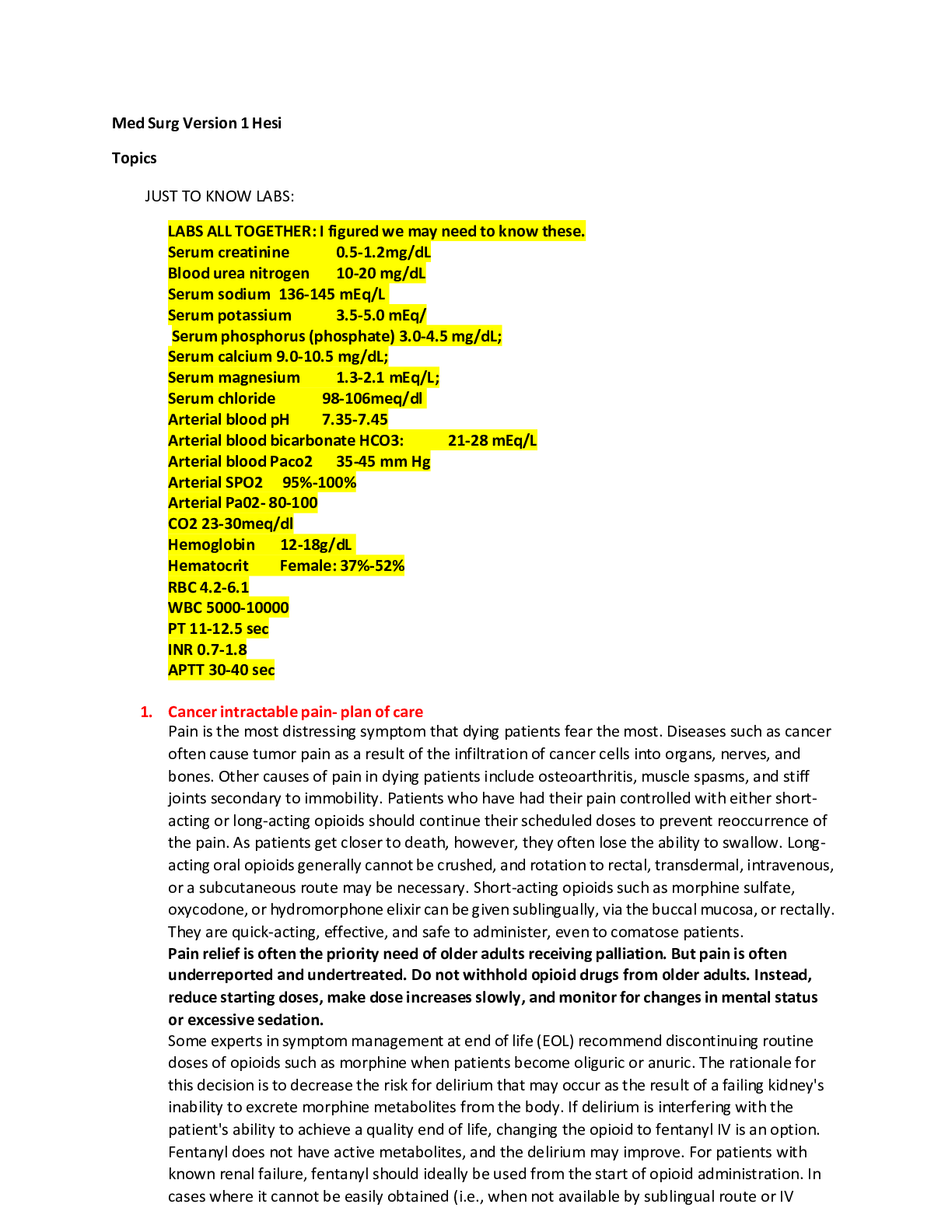
Instant download
Reviews( 0 )
Document information
Connected school, study & course
About the document
Uploaded On
Mar 28, 2023
Number of pages
60
Written in
Additional information
This document has been written for:
Uploaded
Mar 28, 2023
Downloads
0
Views
63

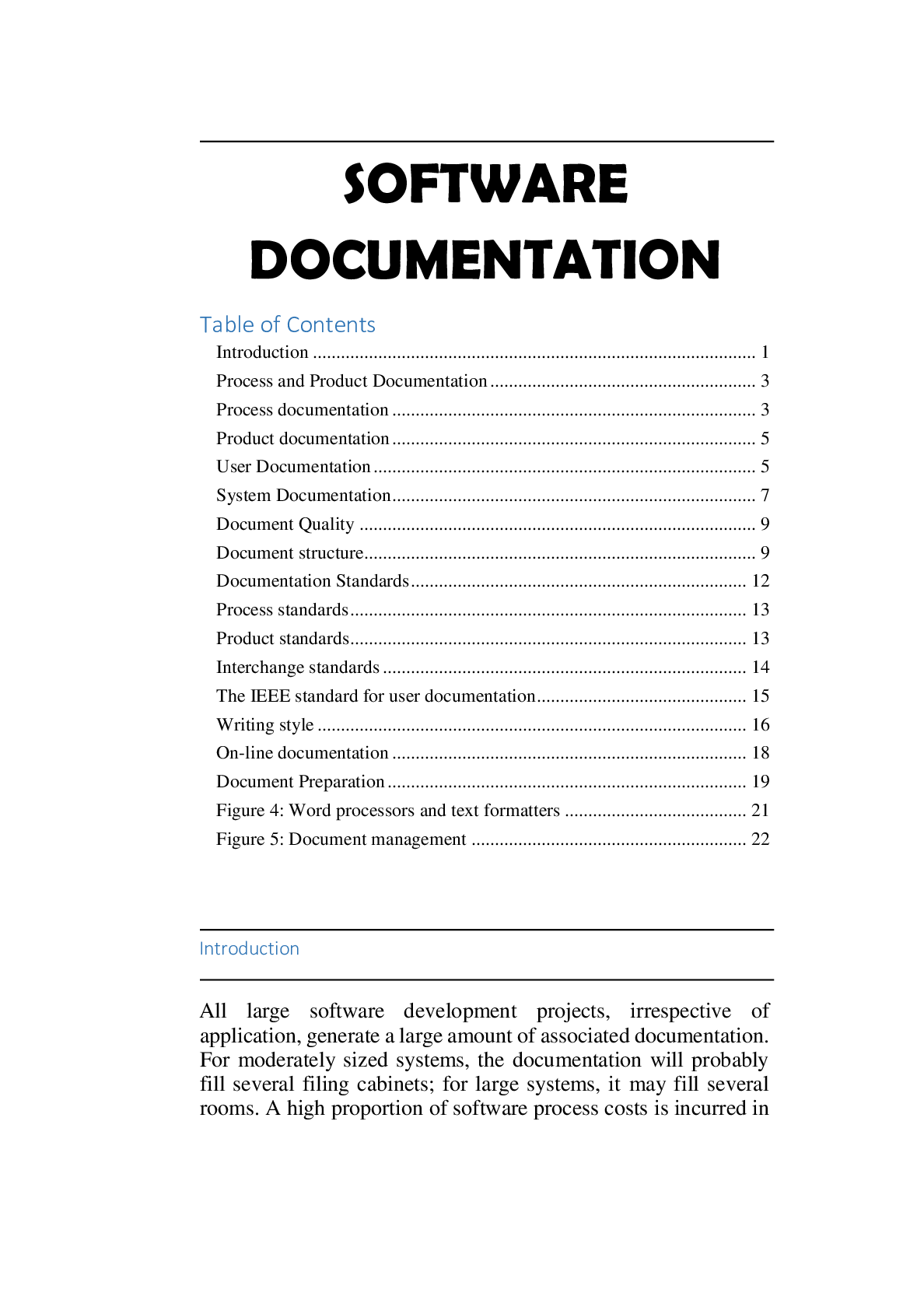


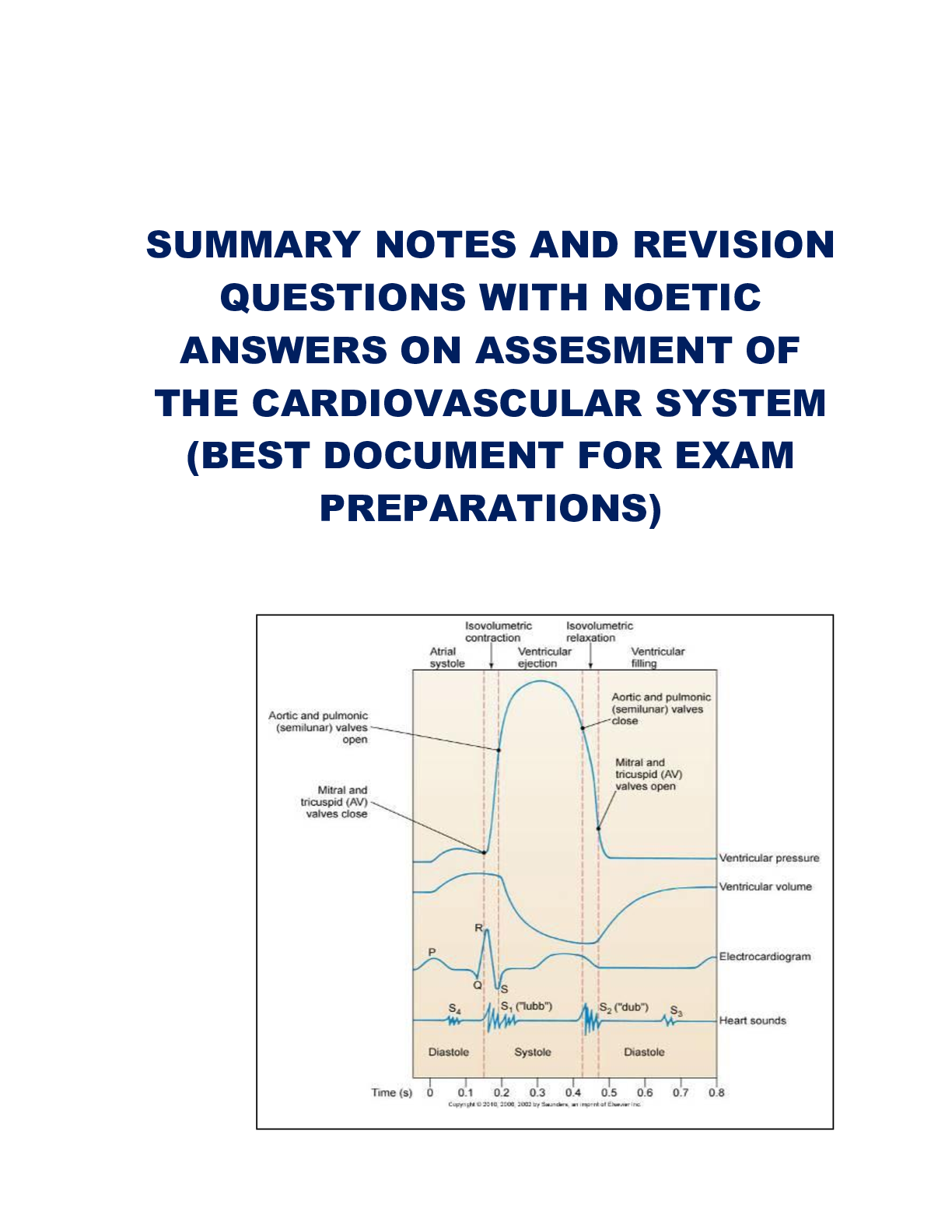




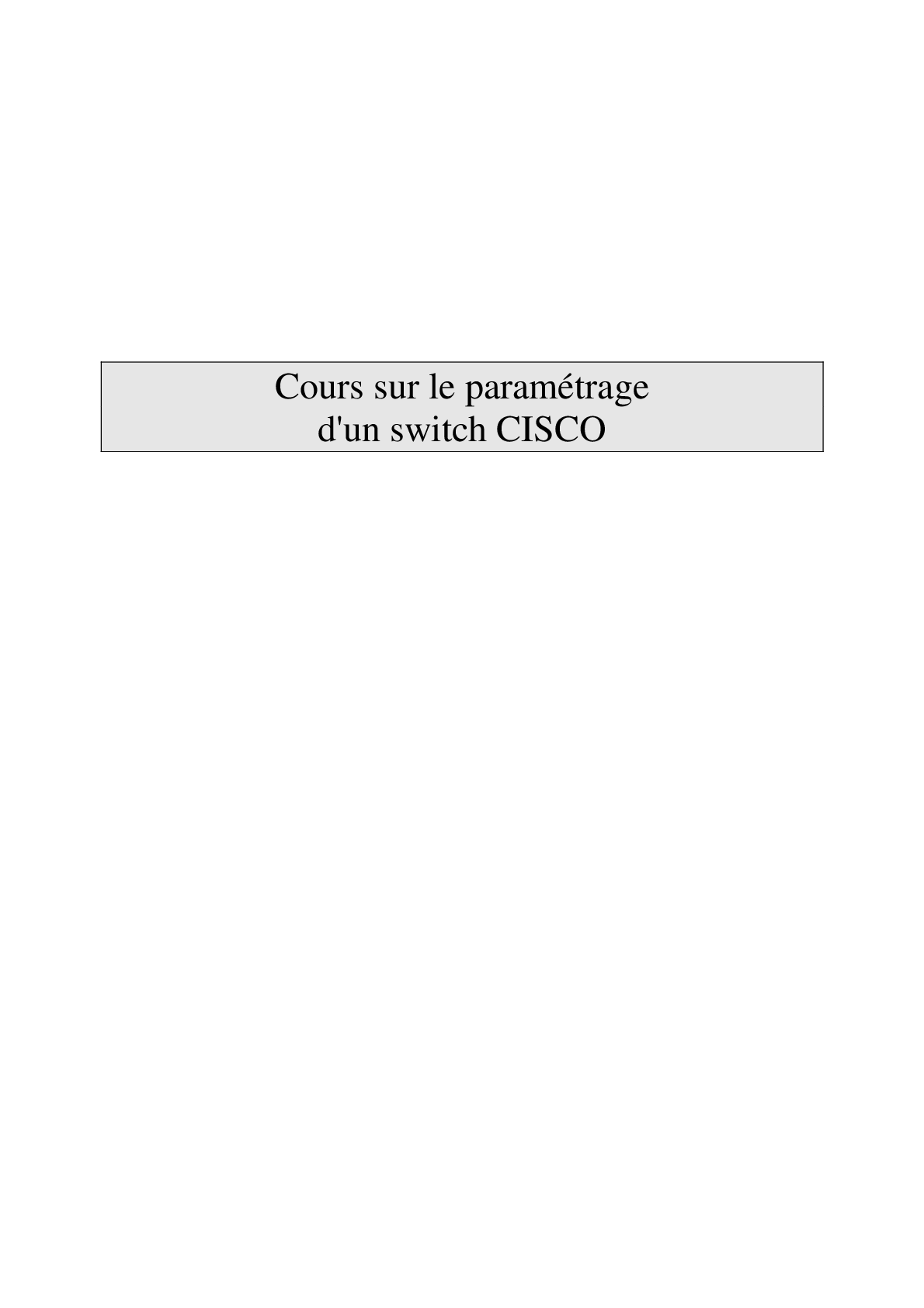
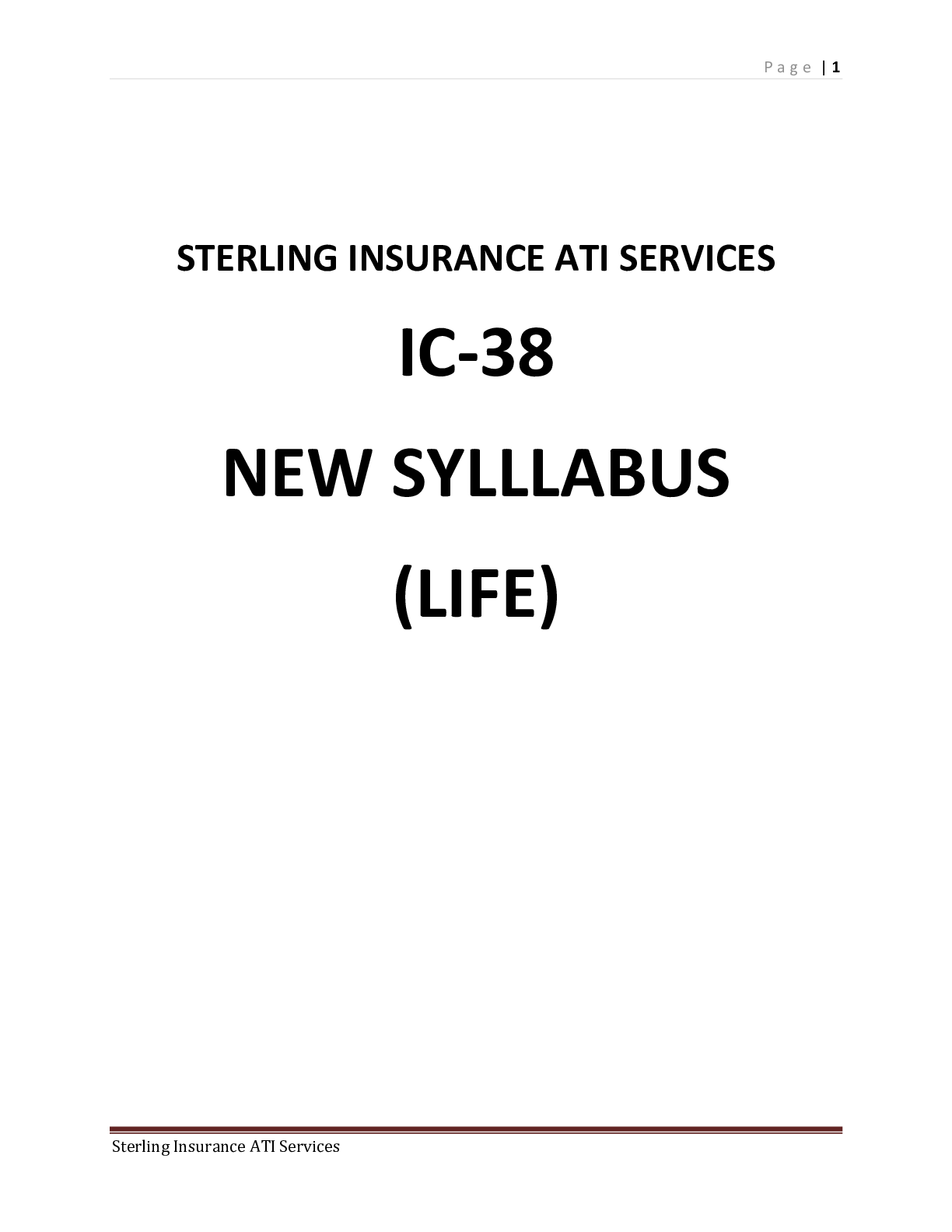
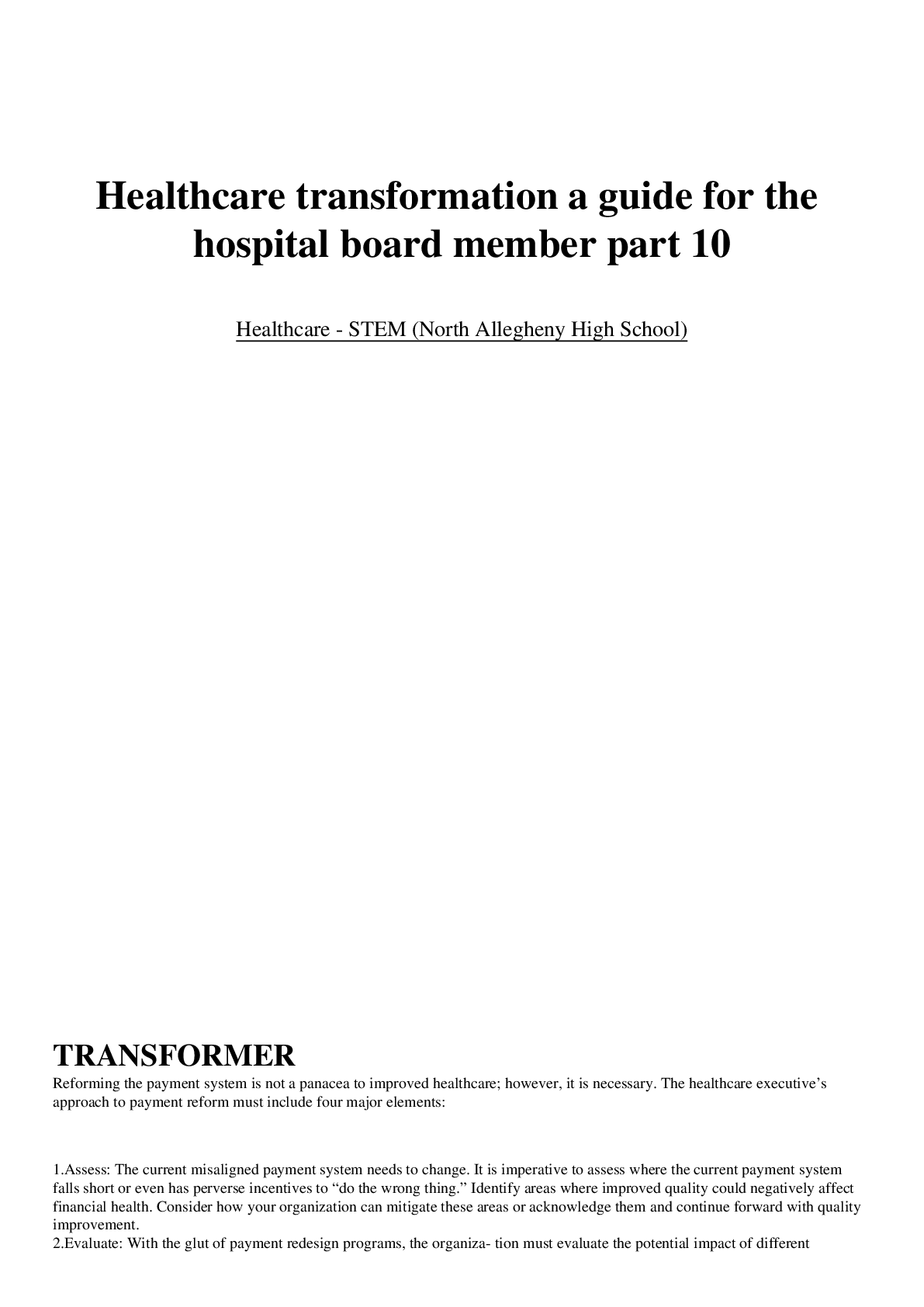




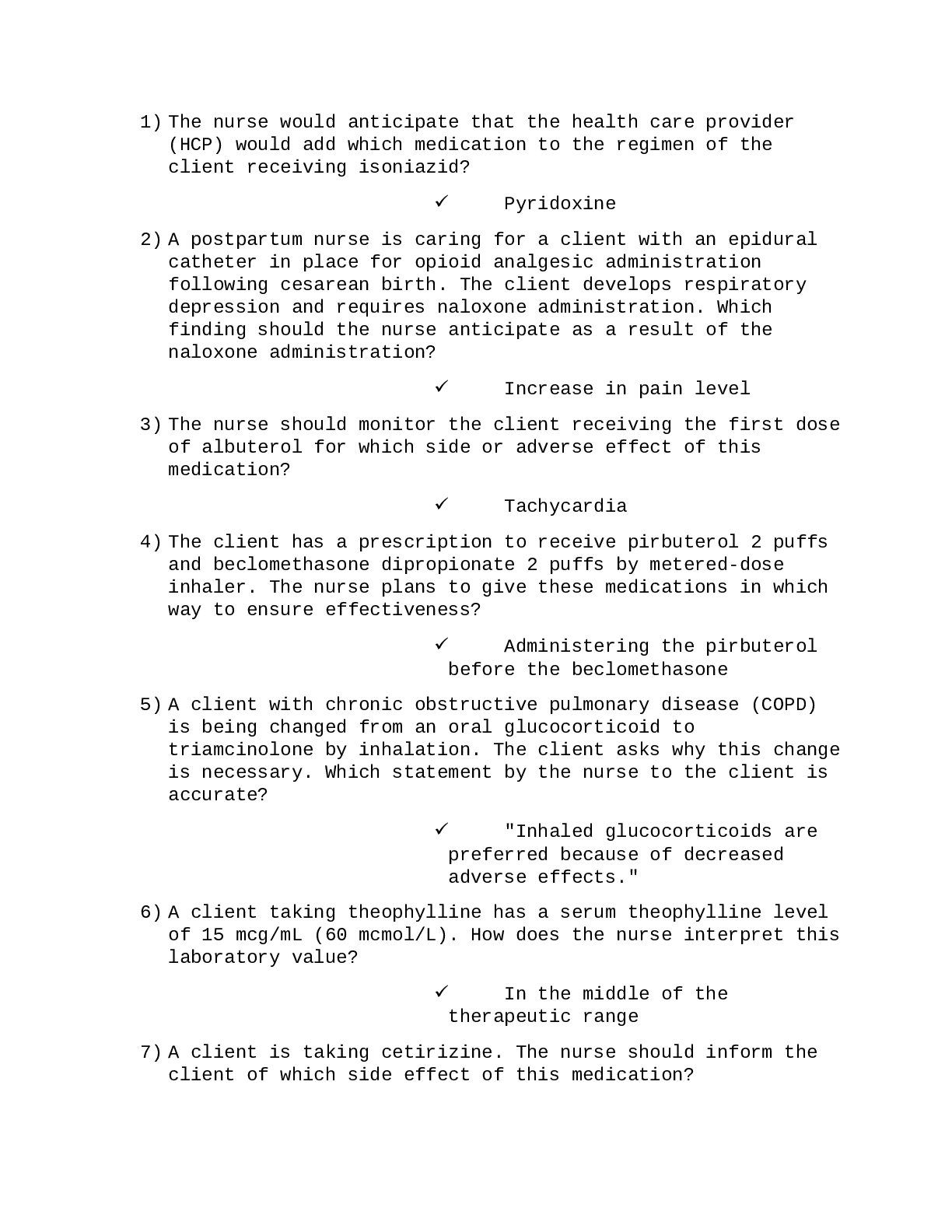
NSG110 AMERICANS RATE NURSES HIGHEST ON HONESTY, ETHICAL STANDARDS.png)







.png)


